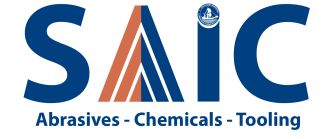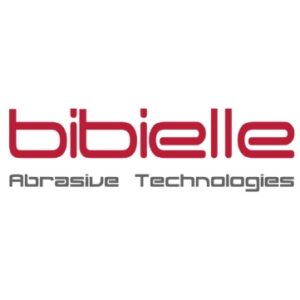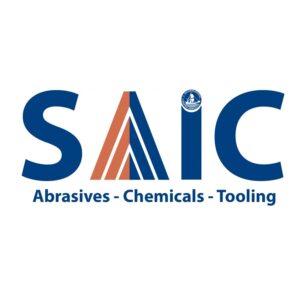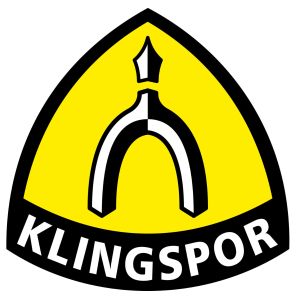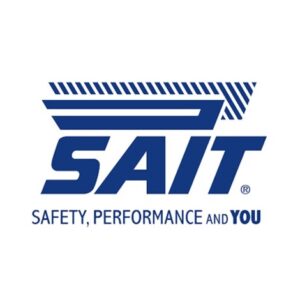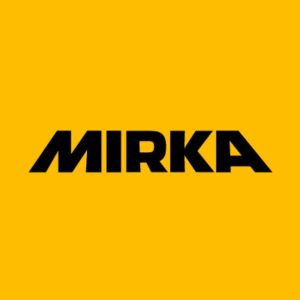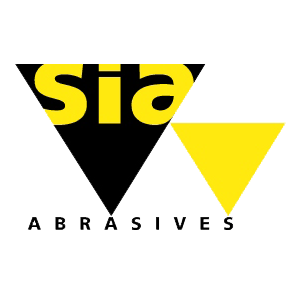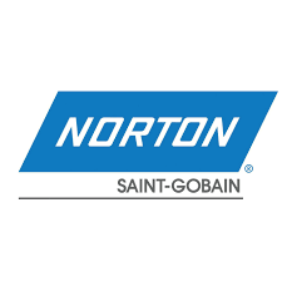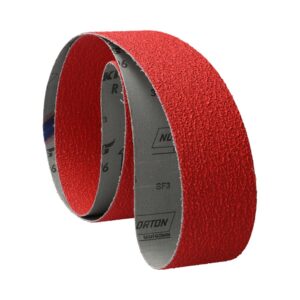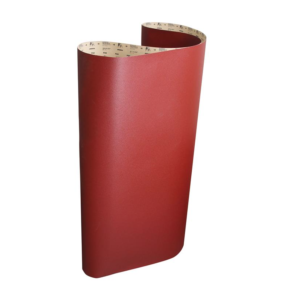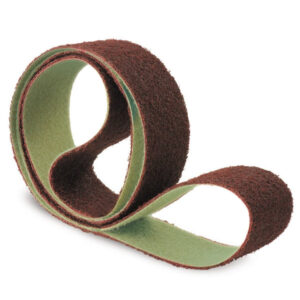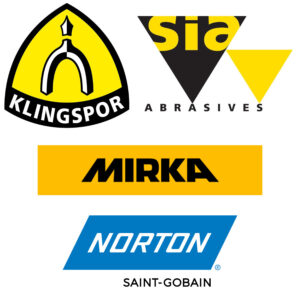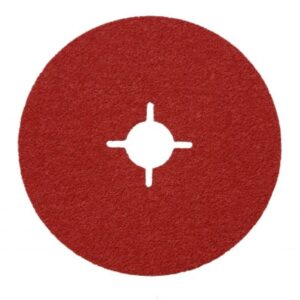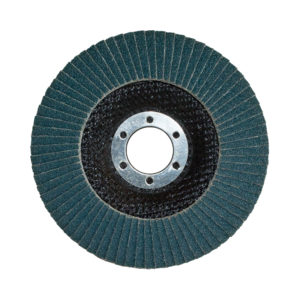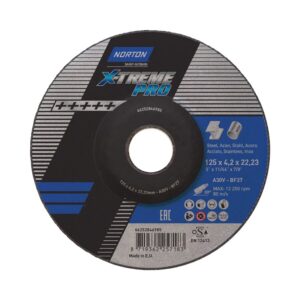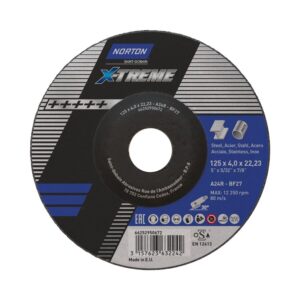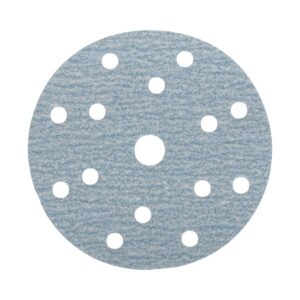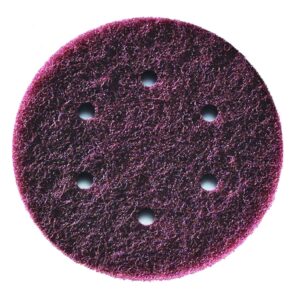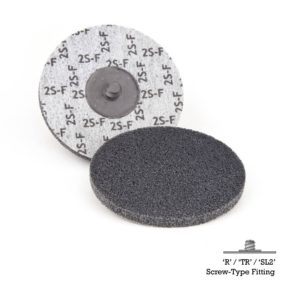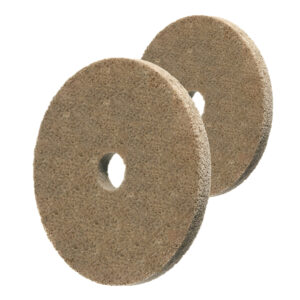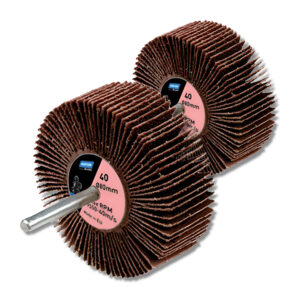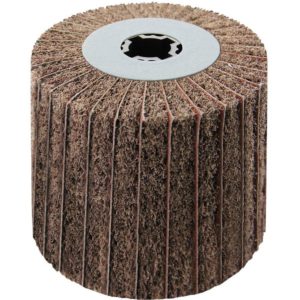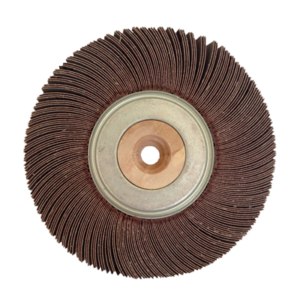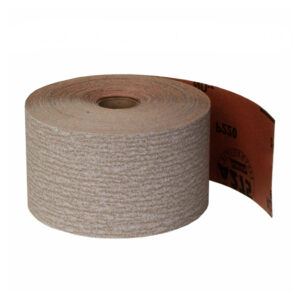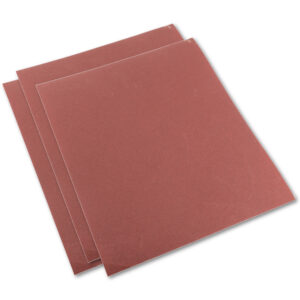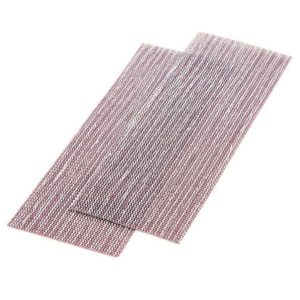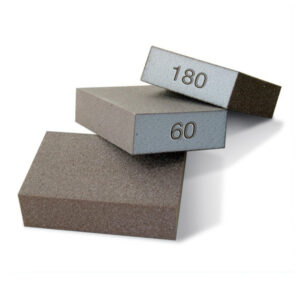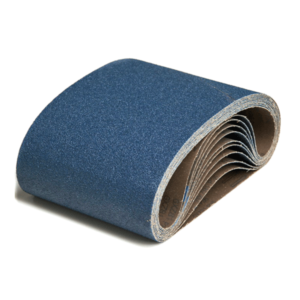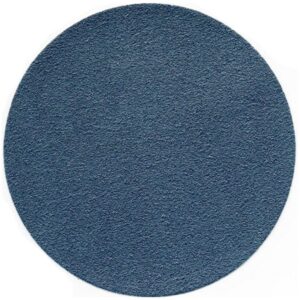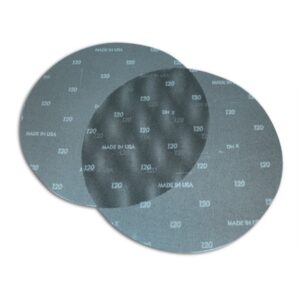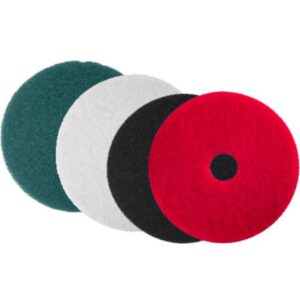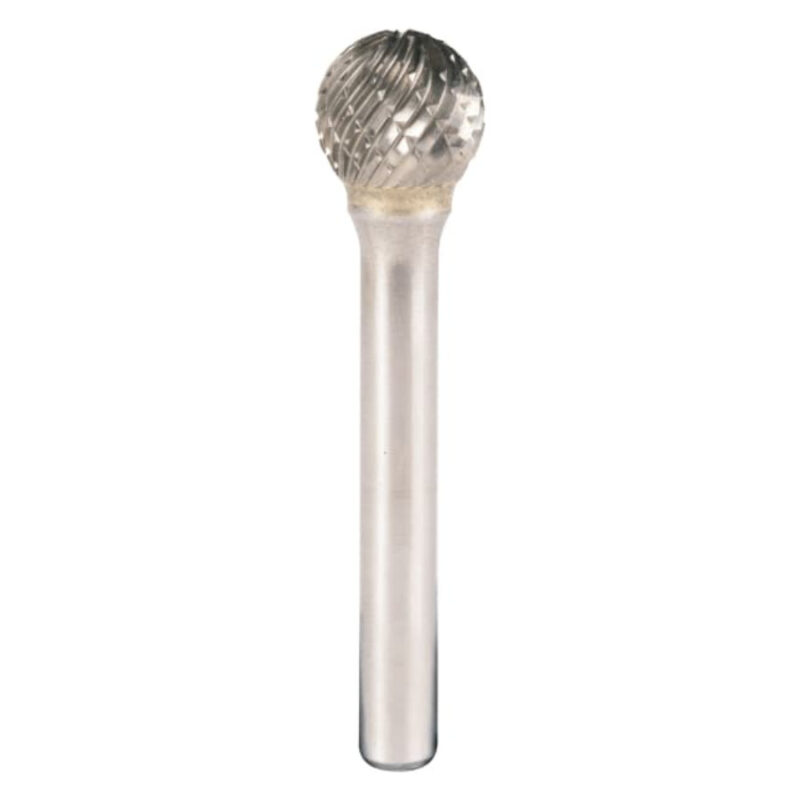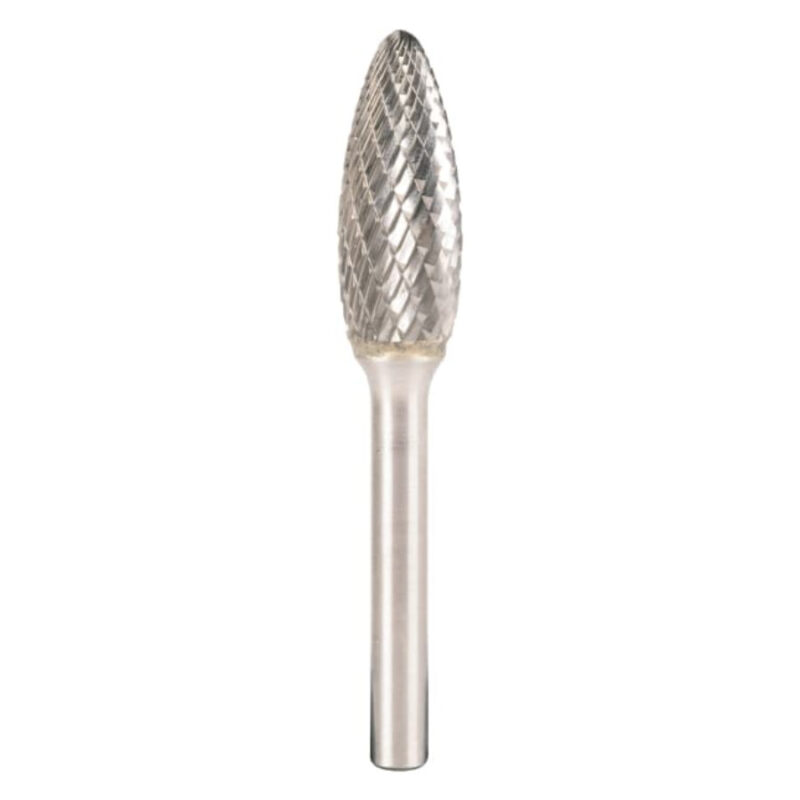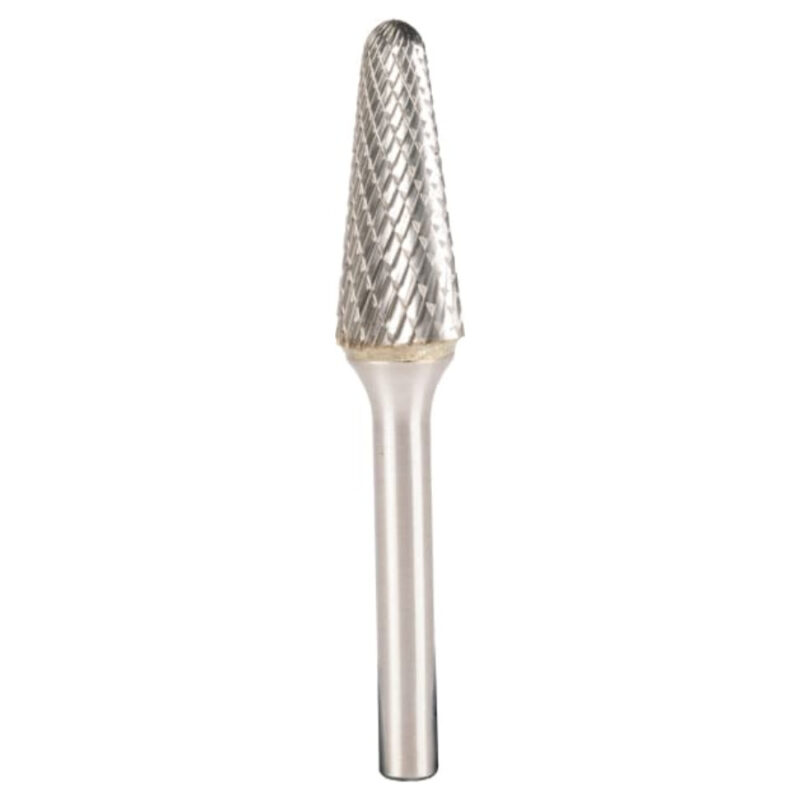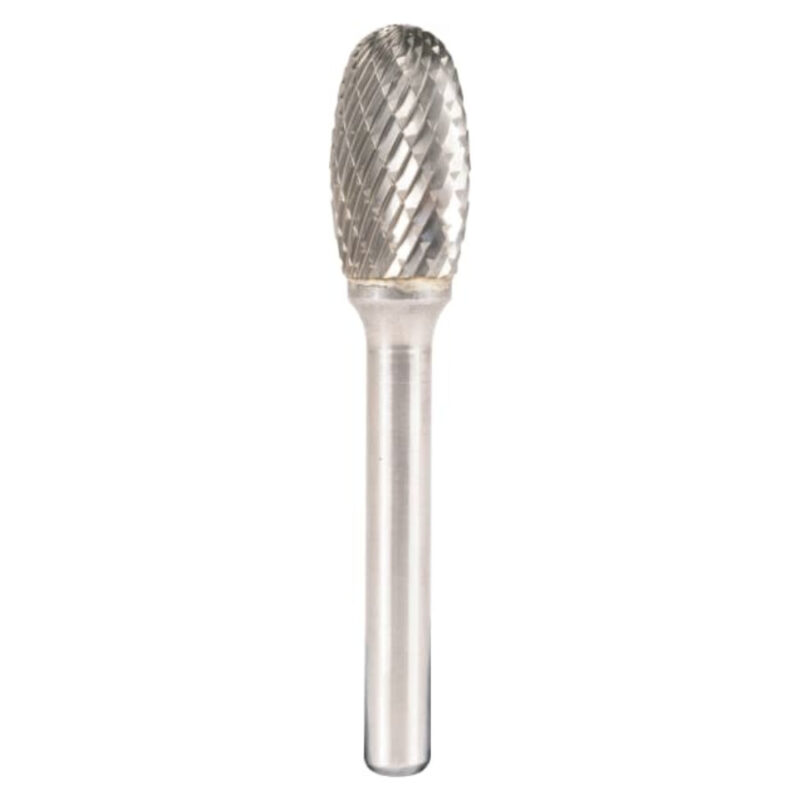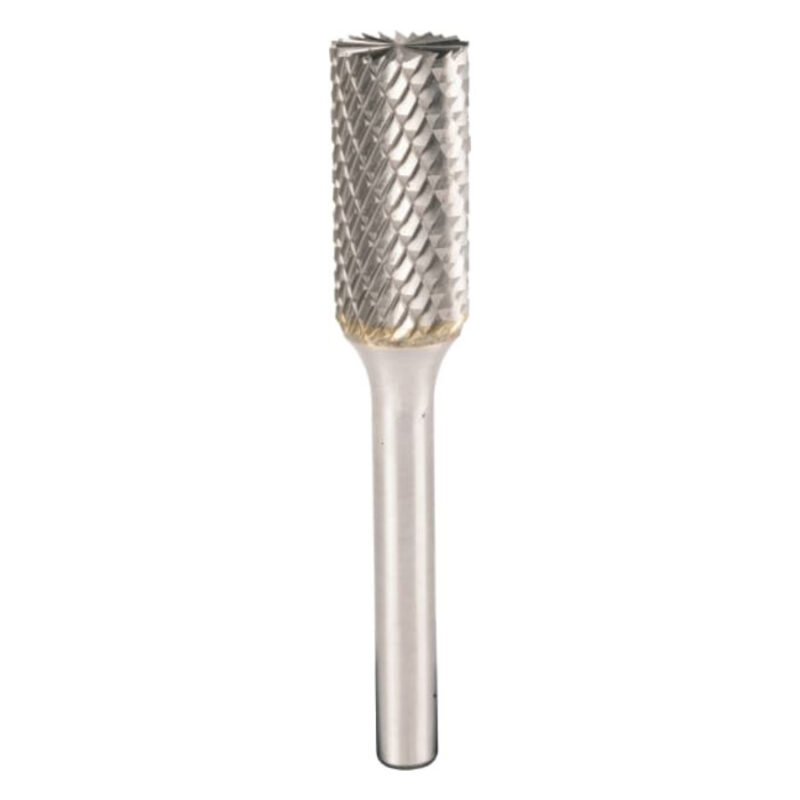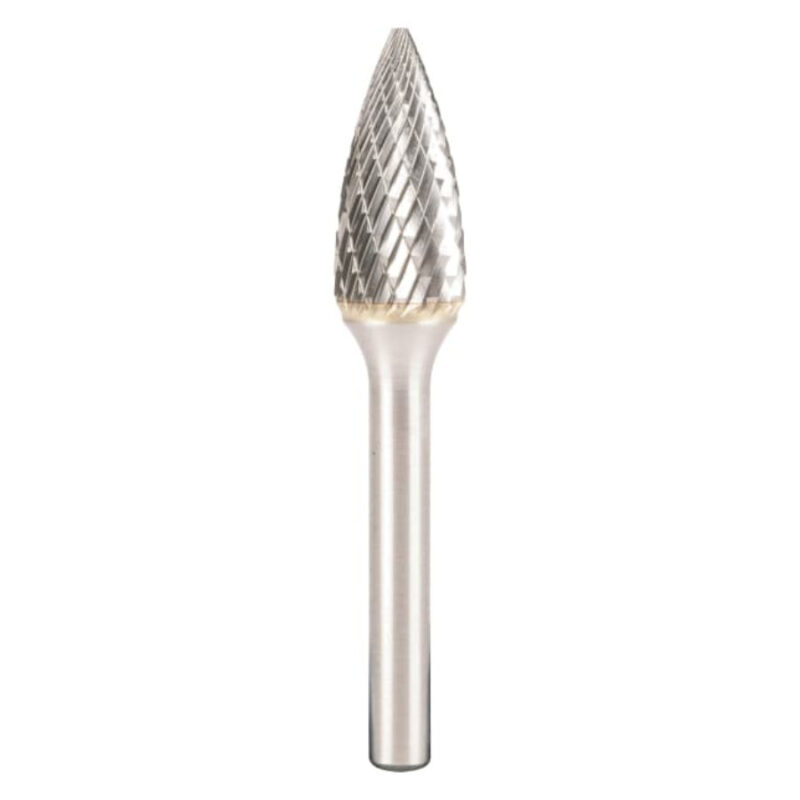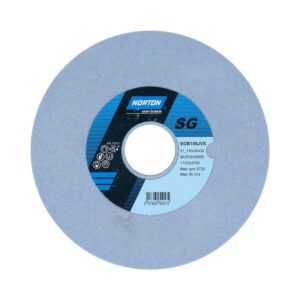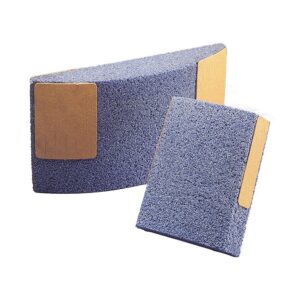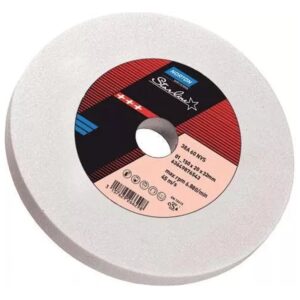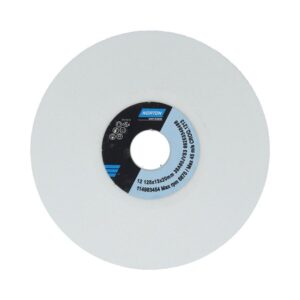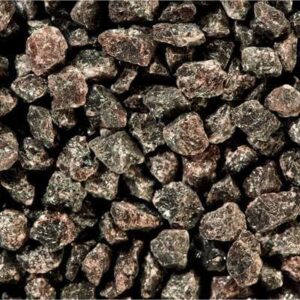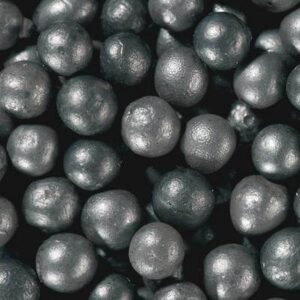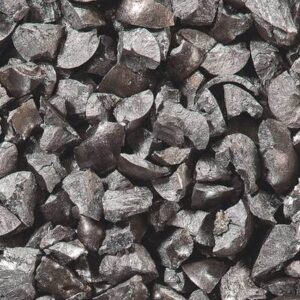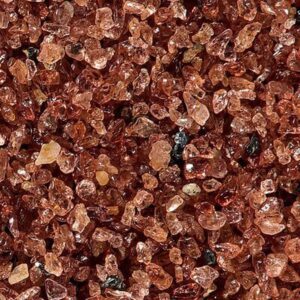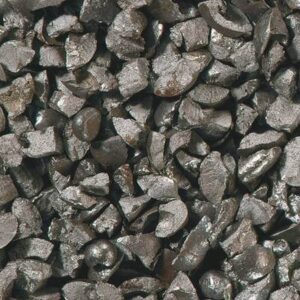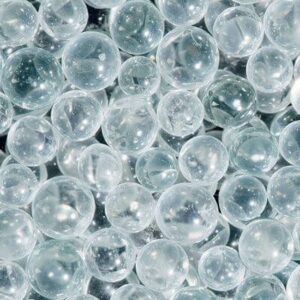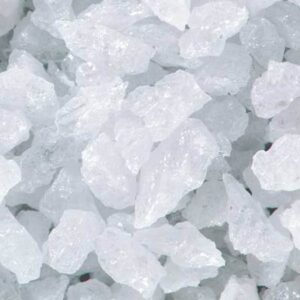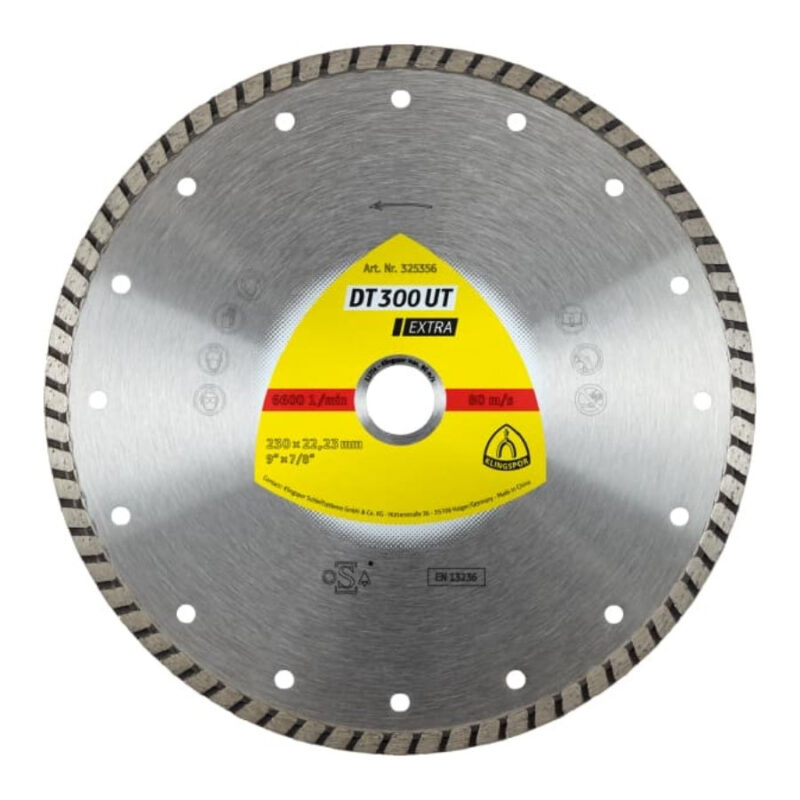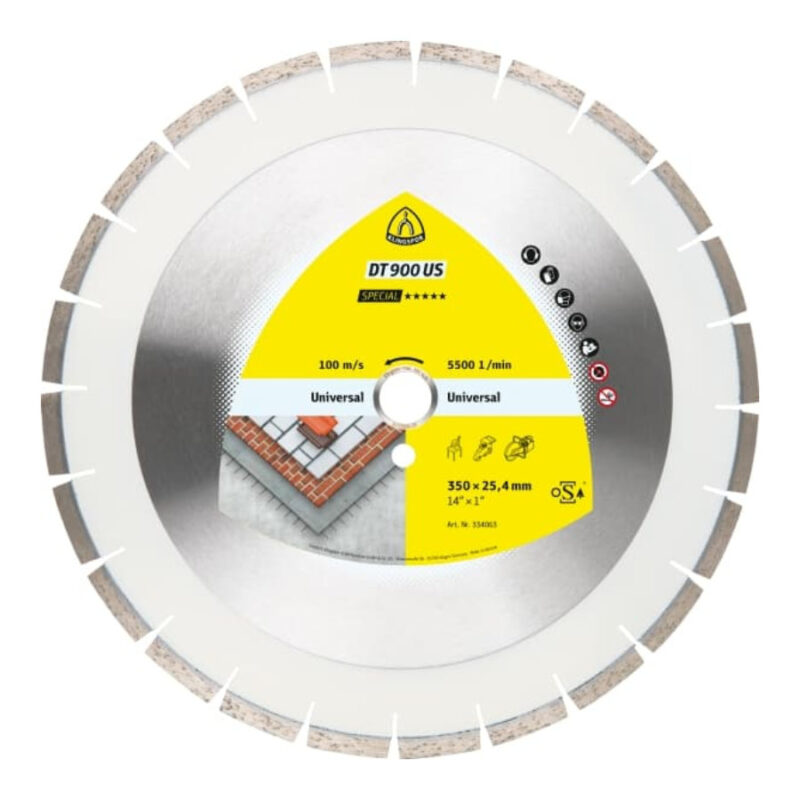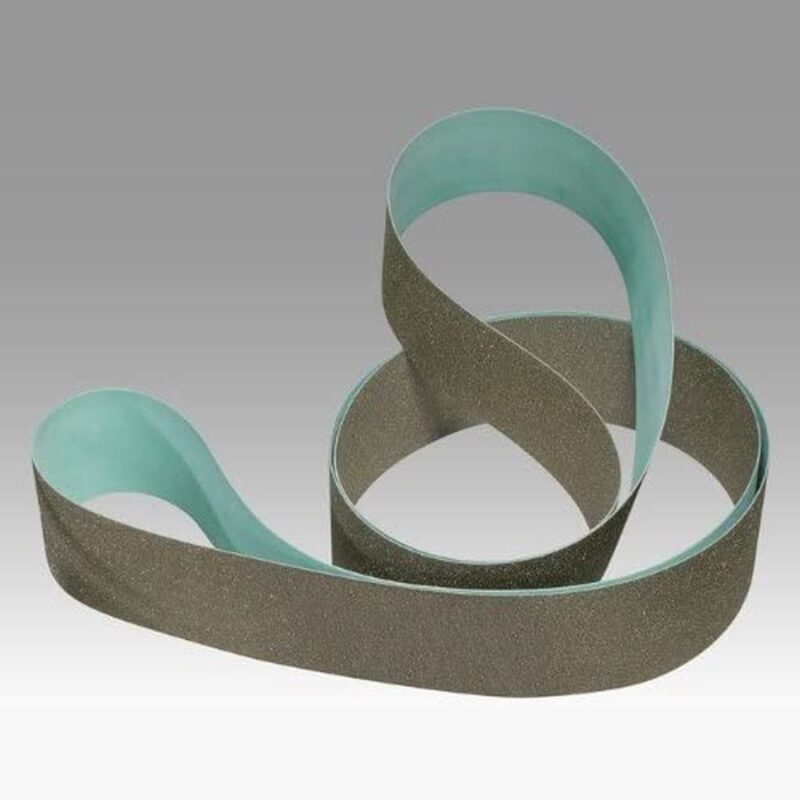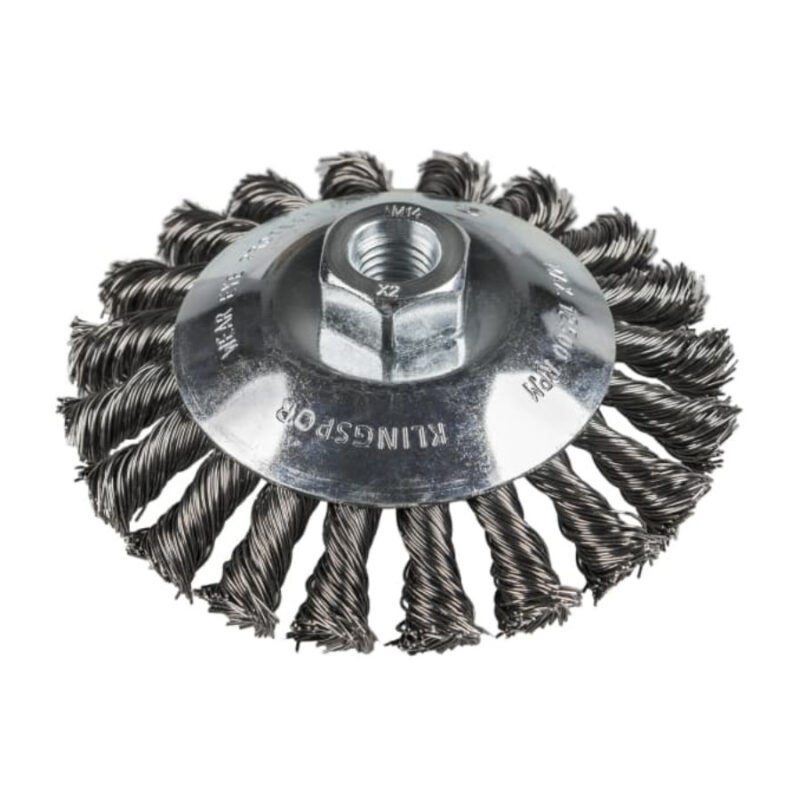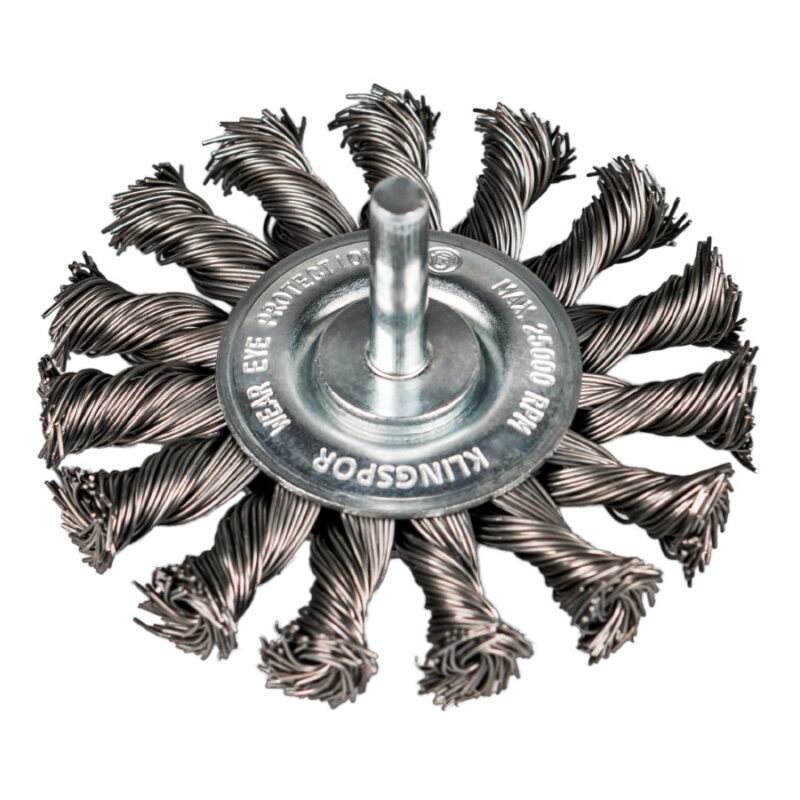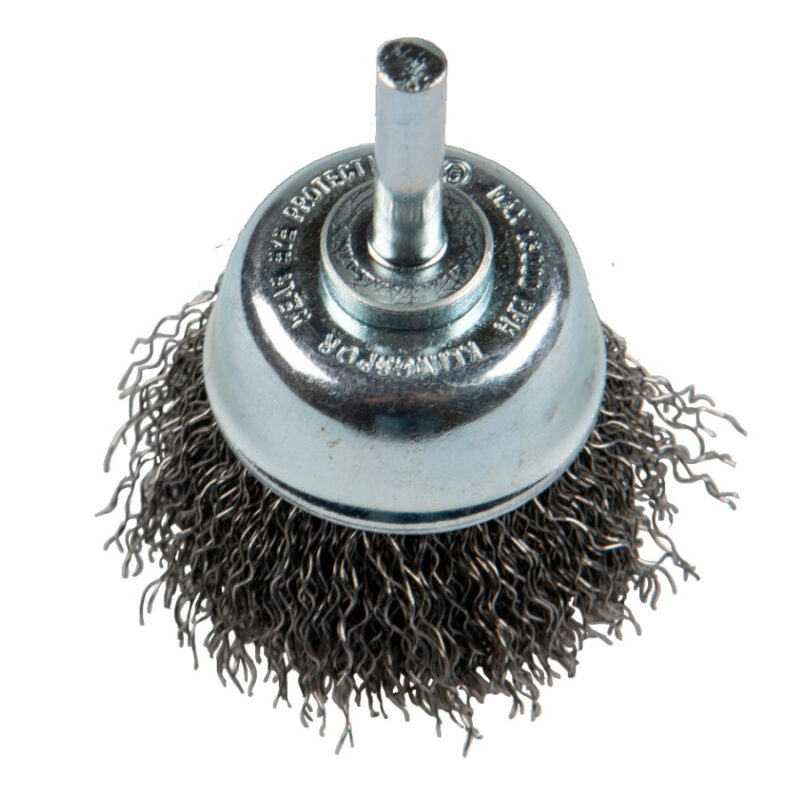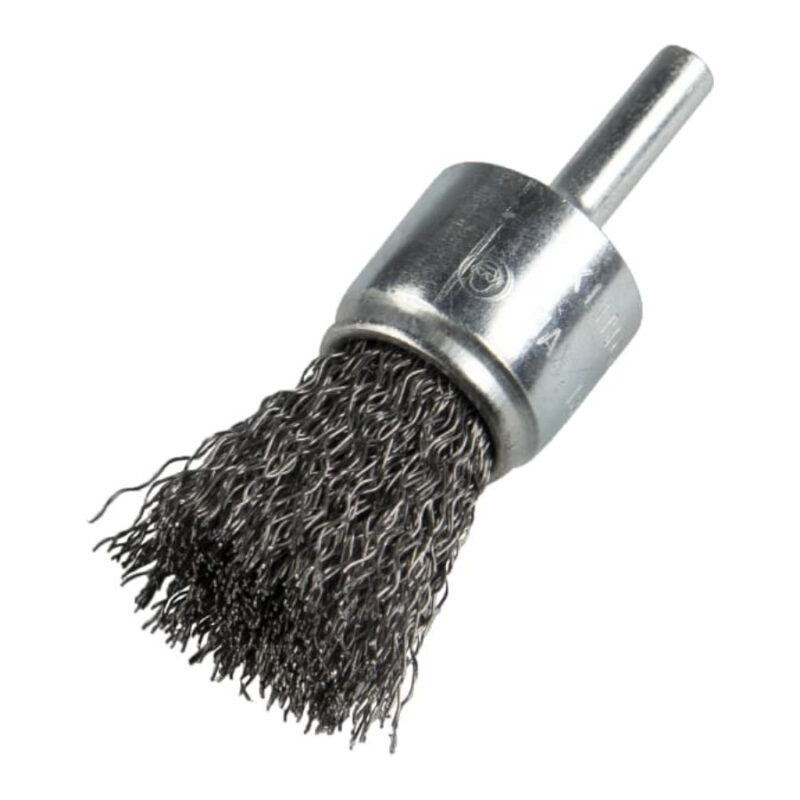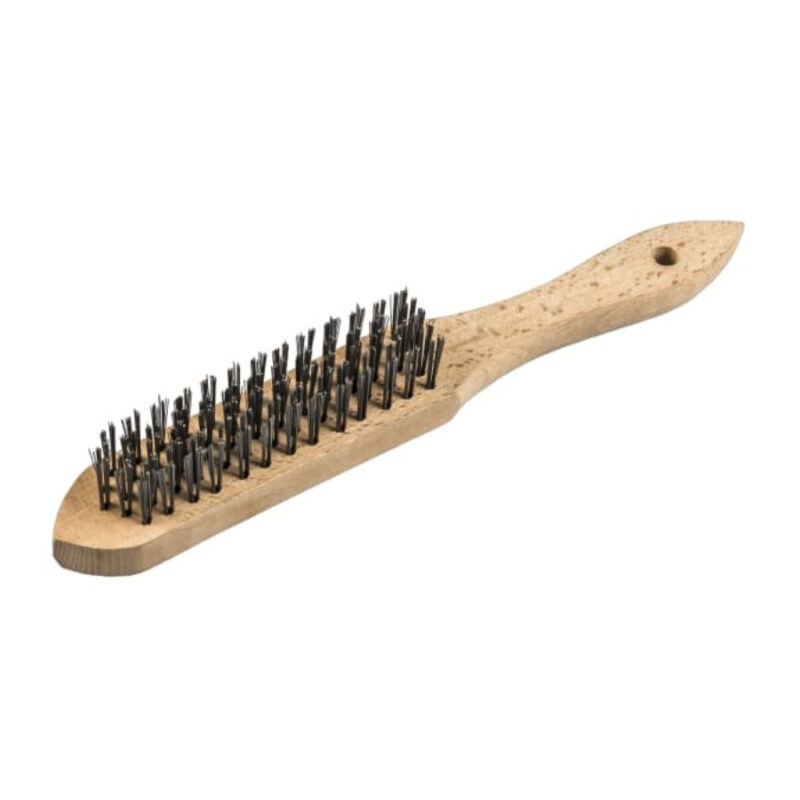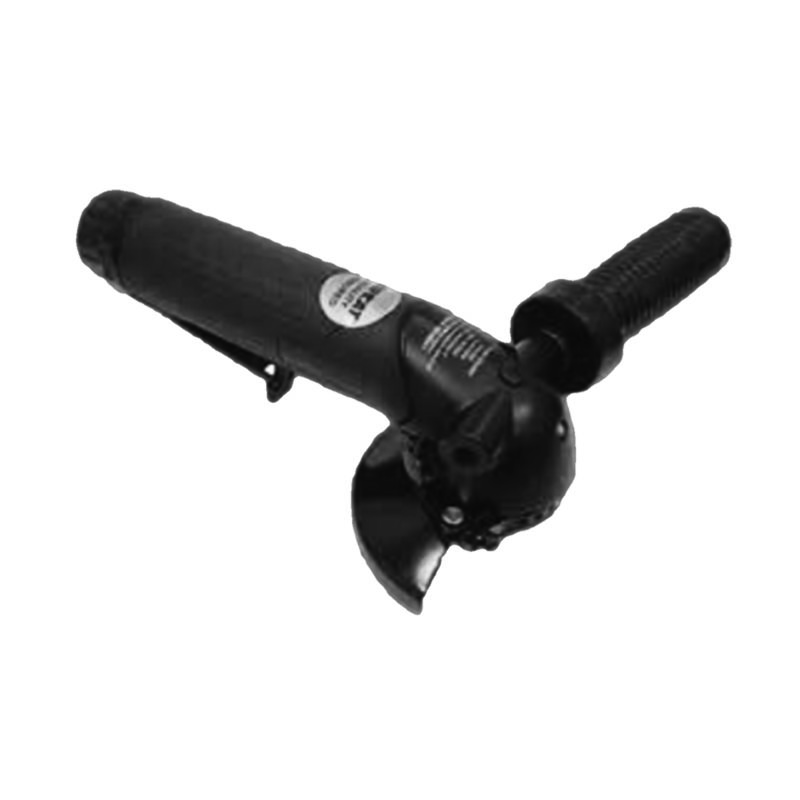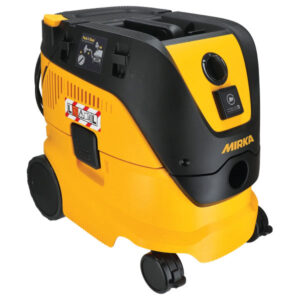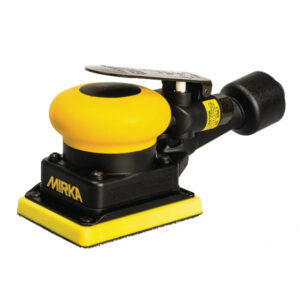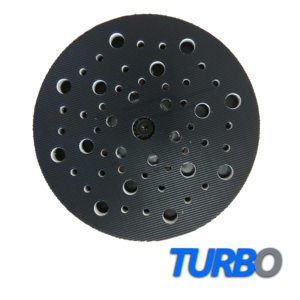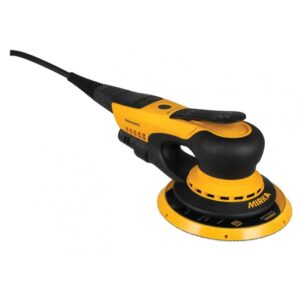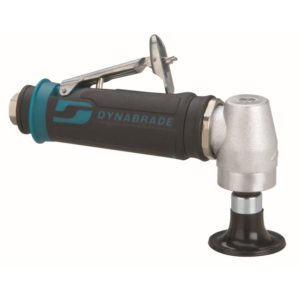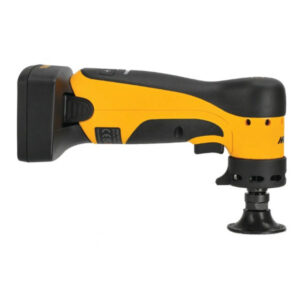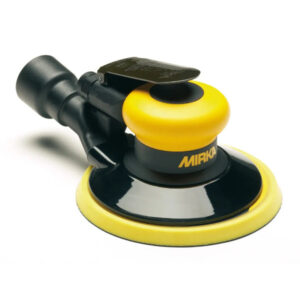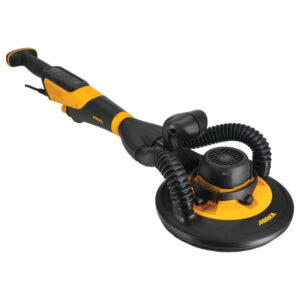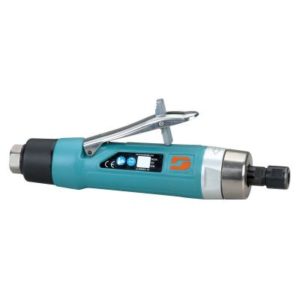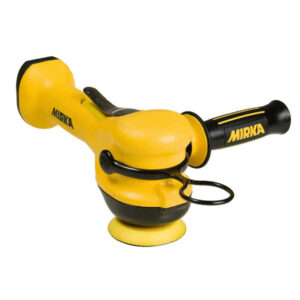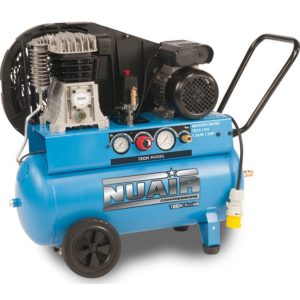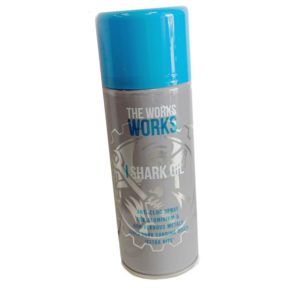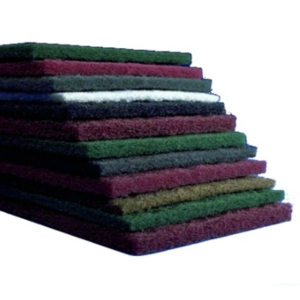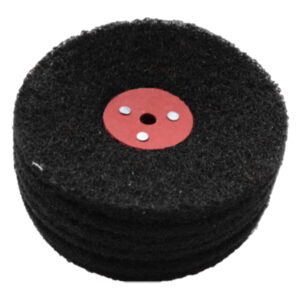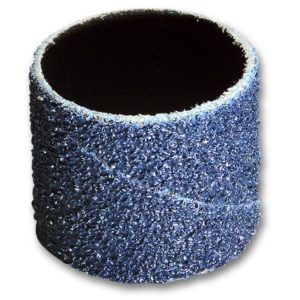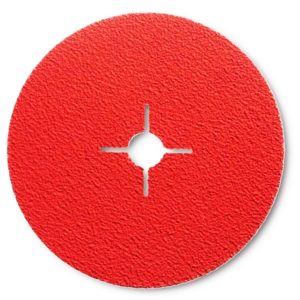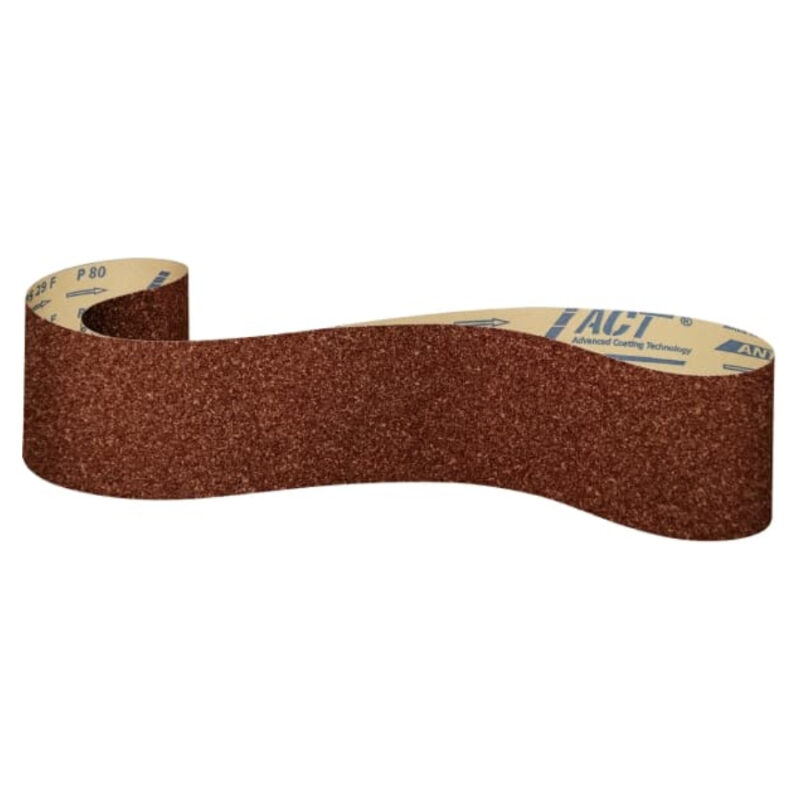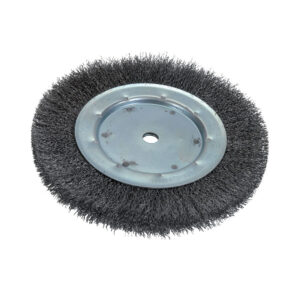Lacquers
Lacquers are a type of coating commonly used in woodwork, metalwork, and automotive industries. They are known for their durability, high gloss finish, and resistance to moisture and chemicals. When it comes to sanding or grinding lacquers, it is essential to choose the right abrasive to avoid damaging the surface and achieving the desired finish.
The type of abrasive used for lacquer sanding or grinding is dependent on the stage of the finishing process. The initial sanding is typically done using a coarse grit abrasive, which removes any roughness, raised grain, or surface imperfections. A medium grit abrasive is used for the intermediate sanding to smooth out the surface and prepare it for the final sanding. Finally, a fine grit abrasive is used for the final sanding, which creates a smooth, polished surface.
The most common types of abrasives used for lacquer sanding or grinding are sandpaper and abrasive pads. Sandpapers are available in a wide range of grit sizes, ranging from coarse to fine. They are made of different materials, including silicon carbide, aluminum oxide, and ceramic. Silicon carbide sandpapers are recommended for sanding lacquers as they offer excellent cutting power and produce a smooth surface. However, it is essential to ensure that the sandpaper used for lacquer sanding is of a higher quality to avoid leaving scratches on the surface.
Abrasive pads are another option for lacquer sanding or grinding. They are available in various grit sizes and are designed for use with a sanding block or sander. Abrasive pads are made of different materials, including nylon, foam, and polyester, and are coated with abrasive particles. They are ideal for sanding or grinding curved surfaces, as they conform to the shape of the surface being sanded.
In addition to sandpapers and abrasive pads, there are other types of abrasives that can be used for lacquer sanding or grinding. These include abrasive sponges, which are made of foam and coated with abrasive particles. They are ideal for sanding intricate shapes and contours. Another option is abrasive films, which are made of a flexible plastic film coated with abrasive particles. They are available in various grit sizes and are suitable for use with a sanding block or sander.
When selecting an abrasive for lacquer sanding or grinding, it is essential to consider the hardness and type of the lacquer being used. For softer lacquers, such as nitrocellulose, a softer abrasive is recommended to avoid damaging the surface. On the other hand, harder lacquers, such as polyester, require a harder abrasive to achieve a smooth finish.
It is also important to consider the type of sanding or grinding equipment being used. For manual sanding, sandpaper or abrasive pads are the best option. However, for automated sanding or grinding, abrasive belts or discs are more suitable. Abrasive belts are commonly used for heavy stock removal and are available in various grit sizes. Abrasive discs are designed for use with angle grinders and are available in different sizes and shapes.
In summary, choosing the right abrasive for lacquer sanding or grinding is essential for achieving a smooth, polished surface without damaging the lacquer. The choice of abrasive is dependent on the stage of the finishing process, the type and hardness of the lacquer, and the type of sanding or grinding equipment being used. Sandpapers and abrasive pads are the most commonly used abrasives for manual sanding, while abrasive belts and discs are suitable for automated sanding or grinding. By selecting the right abrasive, the user can achieve a perfect finish on their lacquered surface.
